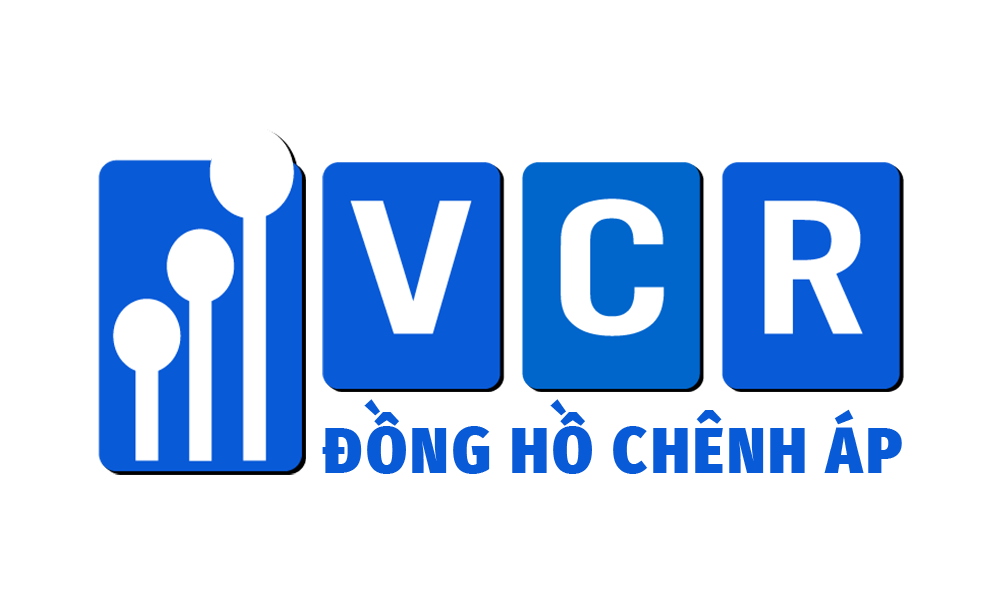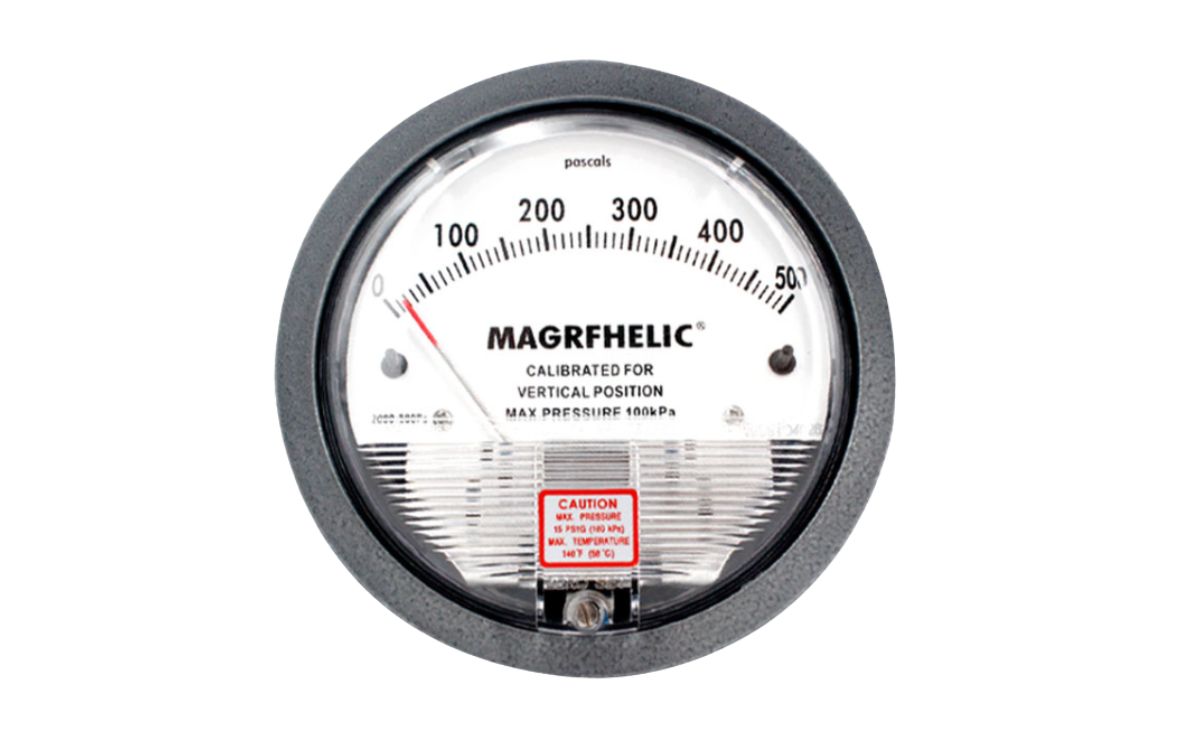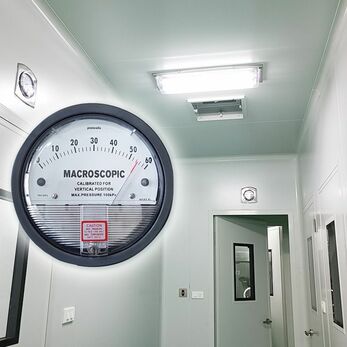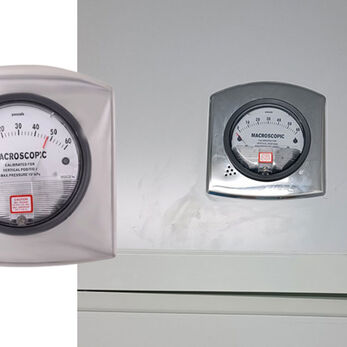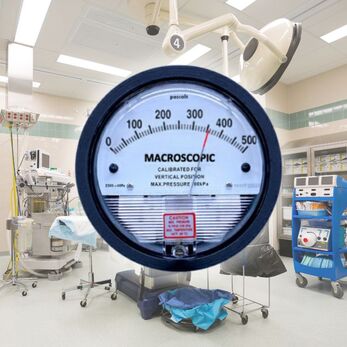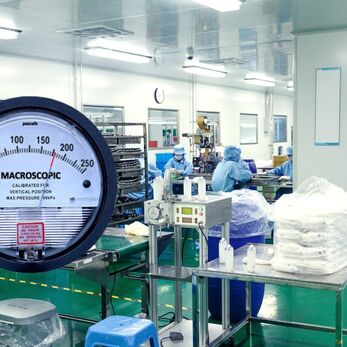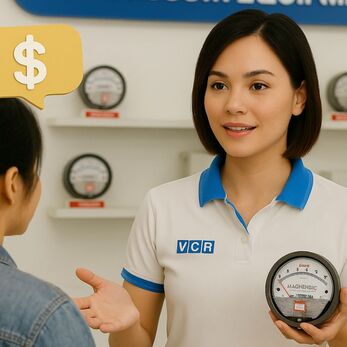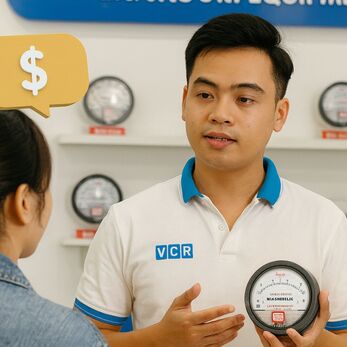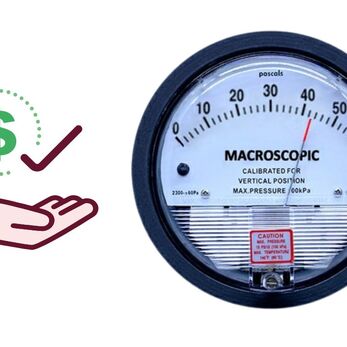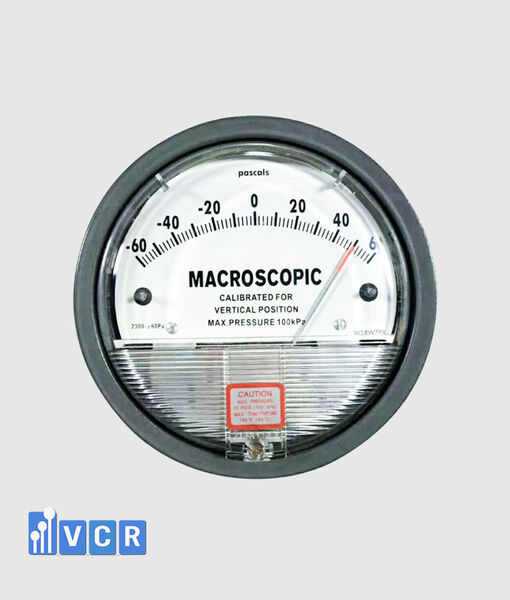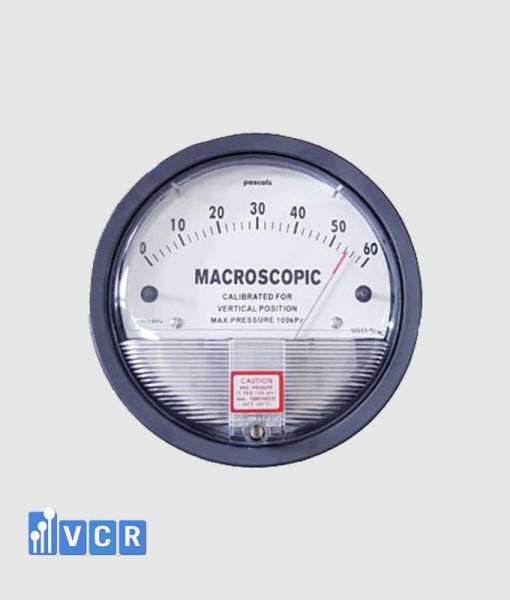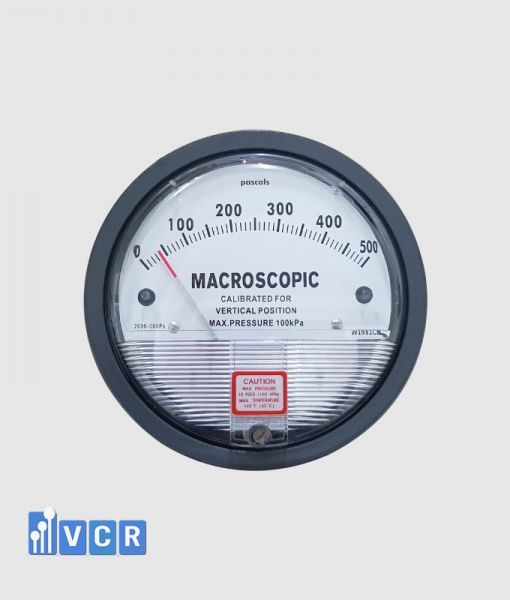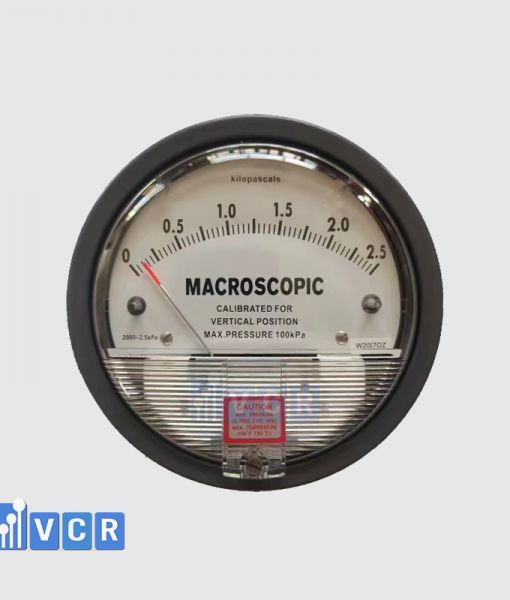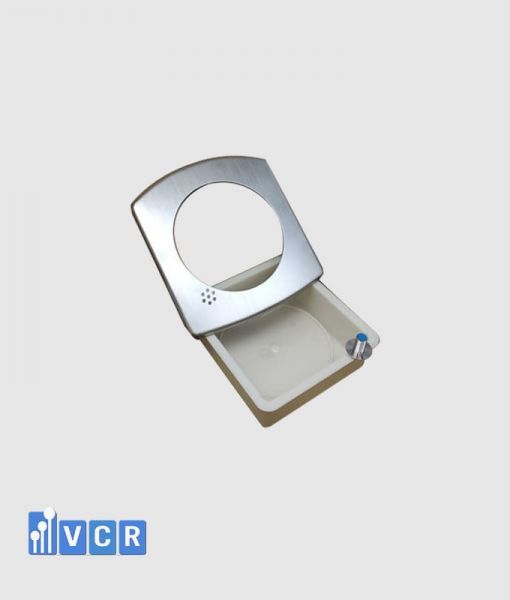An incorrect differential pressure gauge reading can cause the entire cleanroom system to lose pressure control, leading to cross-contamination and GMP violations. This article helps you identify common causes of inaccurate differential pressure measurements — from installation and calibration to real-world operation.
- 1. What is a differential pressure gauge? Its role in a cleanroom
- 2. Why is a differential pressure gauge displaying incorrectly dangerous?
- 3. Common errors that cause a differential pressure gauge to display wrongly
- 4. How to check and correct measurement errors
- 5. Installation notes
- 6. Suggestions for accurate and durable differential pressure measuring devices
- FAQ
1. What is a differential pressure gauge? Its role in a cleanroom
A differential pressure gauge (DP gauge) is a specialised device used to measure the pressure difference between two separate spaces—typically between a cleanroom and an adjacent zone such as a corridor, technical room, or the outside environment. This instrument helps to determine the direction of air flow, which is critically important for controlling particle, microbial or contaminant ingress.
Why measure differential pressure in a cleanroom?
In a cleanroom environment, air must always be controlled to move from the cleaner zone to the less‐clean zone, preventing dust, microbes or contaminants from entering the sensitive production area. To achieve this, the air pressure inside the cleanroom must be higher than in the surrounding spaces.
A differential pressure gauge helps to:
-
Monitor pressure 24/7 and alert when deviations from the set limit occur.
-
Ensure compliance with standards such as GMP, ISO 14644 and EU GMP Annex 1.
-
Prevent product cross‐contamination, especially in industries such as pharmaceutical, medical device, microelectronics or functional foods.
If the gauge displays an incorrect reading of differential pressure, it may lead to incorrect HVAC adjustments, and pose large risks to product quality and cleanroom integrity. Hence, understanding the role and operating principle of this device is the first step to safe and effective cleanroom operation.
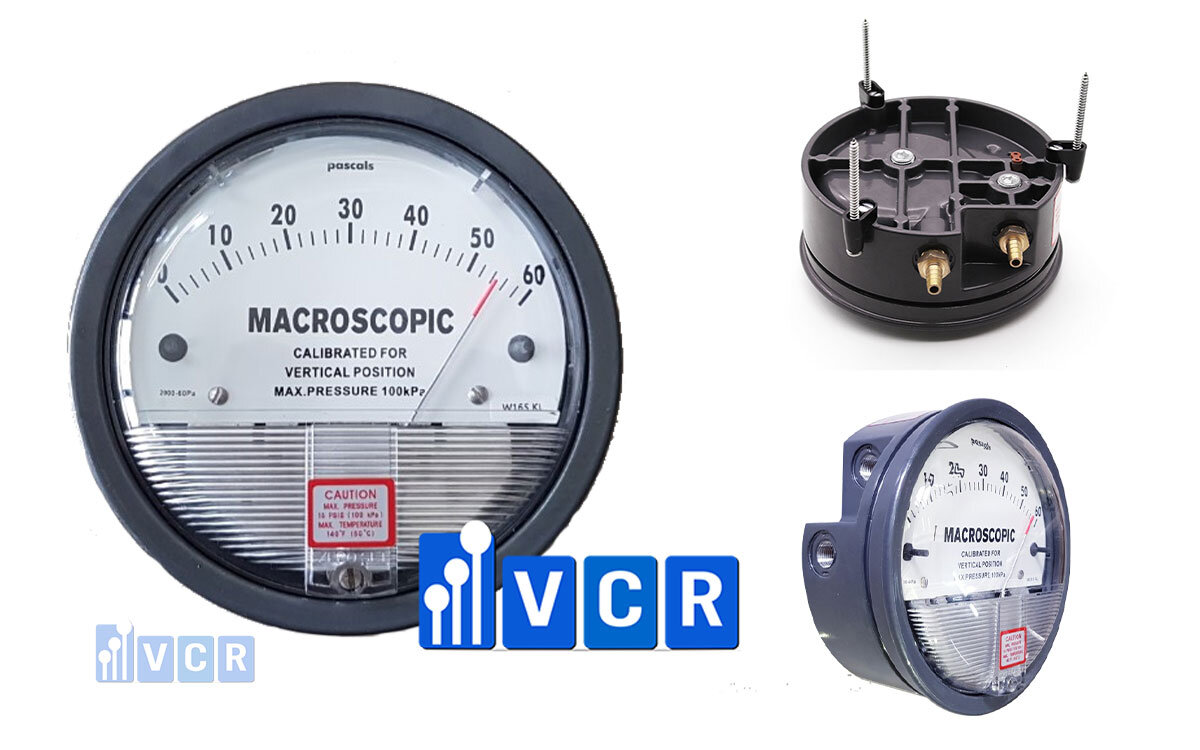
Read more: Latest price list of Differential pressure gauge used in electronics factory
2. Why is a differential pressure gauge displaying incorrectly dangerous?
The differential pressure gauge acts as the “gatekeeper” for the cleanroom—ensuring that pressure is always maintained within the correct range in order to manage airflow. When the device displays incorrect data, the consequences are not merely wrong figures, but may include several serious risks:
-
Mis‐assessment of air cleanliness: Incorrect differential pressure results may cause operators to believe the cleanroom is functioning normally, when in fact there may be reversed airflow or pressure leakage. This creates opportunities for particles, microbes or contaminants from the outside to infiltrate, directly affecting the cleanroom’s cleanliness-grade.
-
Erroneous HVAC adjustment: The cleanroom HVAC system is set up based on actual differential pressure data. If the gauge is wrong:
-
Technical staff may over‐ or under‐adjust air volume inappropriately.
-
HEPA filtration systems may operate non‐optimally, consuming energy but not guaranteeing effectiveness.
-
The risk of breakdown increases because fans and control units may operate above design load.
-
-
Serious impact on product safety: In sectors such as pharmaceuticals, food, electronics or medical devices, even a small deviation in environmental control may result in:
-
Cross‐contamination between zones.
-
Microbial growth in inadequately controlled environments.
-
Product defects, large‐scale recalls or loss of customer/agency trust.
In conclusion: a gauge reading incorrectly is more than a technical fault—it's a potential threat to the entire cleanroom’s quality control system. Early identification and prompt correction of measurement errors is mandatory in every GMP/ISO compliant operation.
-
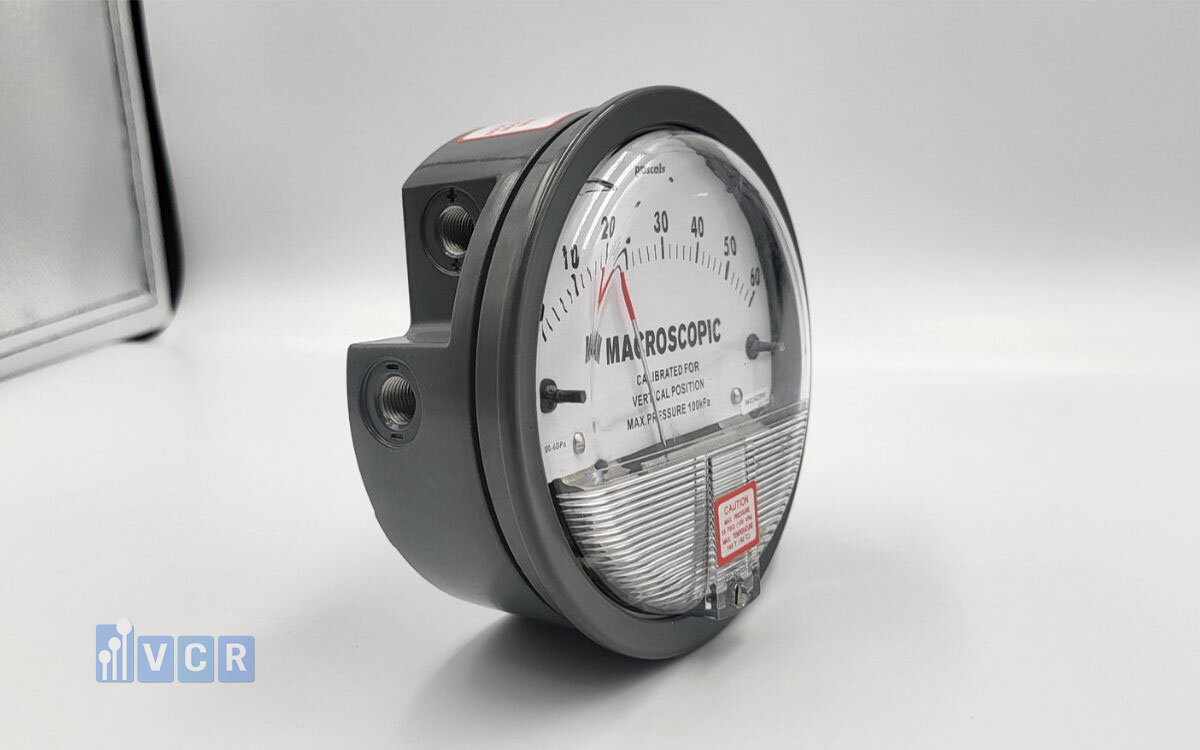
Read more: Selecting the Perfect Differential Pressure Gauge for Your Cleanroom
3. Common errors that cause a differential pressure gauge to display wrongly
When a differential pressure gauge gives a wrong reading, it’s not always due to device failure. In many cases the cause lies in installation, operation or a challenging environment. Below are the most commonly observed errors:
3.1 Incorrect installation position
This is a frequent error in new construction or when the cleanroom layout is changed. Some inappropriate installation positions include:
-
Mounted too close to a doorway, where airflow changes frequently.
-
Near vibration sources such as motors or fans.
-
Located in an area where the airflow from the HVAC system blows directly at it.
These factors can cause airflow disturbance, making the gauge register unstable or skewed pressure values.
3.2 Blocked or leaking pressure tubing
A differential pressure gauge works by transmitting pressure through small tubes connecting the two zones. If:
-
The tube is blocked by dust, microbes or oil.
-
The fitting is loose, cracked or leaking air.
Then pressure cannot be properly transmitted to the sensor, leading to inaccurate or fluctuating readings. This error often occurs after long operation without scheduled cleaning or checks.
3.3 Internal sensor fault or degradation
Most modern differential pressure gauges use an electromechanical sensor. However, after long use or in environments with:
-
Corrosive chemicals.
-
High pressure‐change frequency.
The sensor may lose sensitivity or deliver inaccurate electrical signals. This may lead to erroneous readings or failure to respond correctly to actual pressure changes.
3.4 Lack of periodic calibration
This is a common error in factories with weak equipment management. Without regular calibration, the gauge may:
-
Drift in zero or span over time.
-
Accumulate small errors into larger deviations.
Especially in cleanrooms of ISO 5–7 where high precision is required, even small errors can impact audit results.
3.5 Sudden changes in temperature or humidity
Although the cleanroom environment is controlled, the following may still occur:
-
Temperature swings due to sudden HVAC start/stop.
-
High humidity in washing or sterilisation zones.
These factors cause expansion of internal components within the gauge, leading to measurement deviations. In harsh conditions it is necessary to:
-
Use sensors with temperature/humidity compensation.
-
Design a protective enclosure for the device to shield environmental impacts.
Each small error can become a root cause for the gauge displaying incorrect results and consequently affecting cleanroom control efficiency. Early detection and correct handling will save repair costs and ensure production safety.
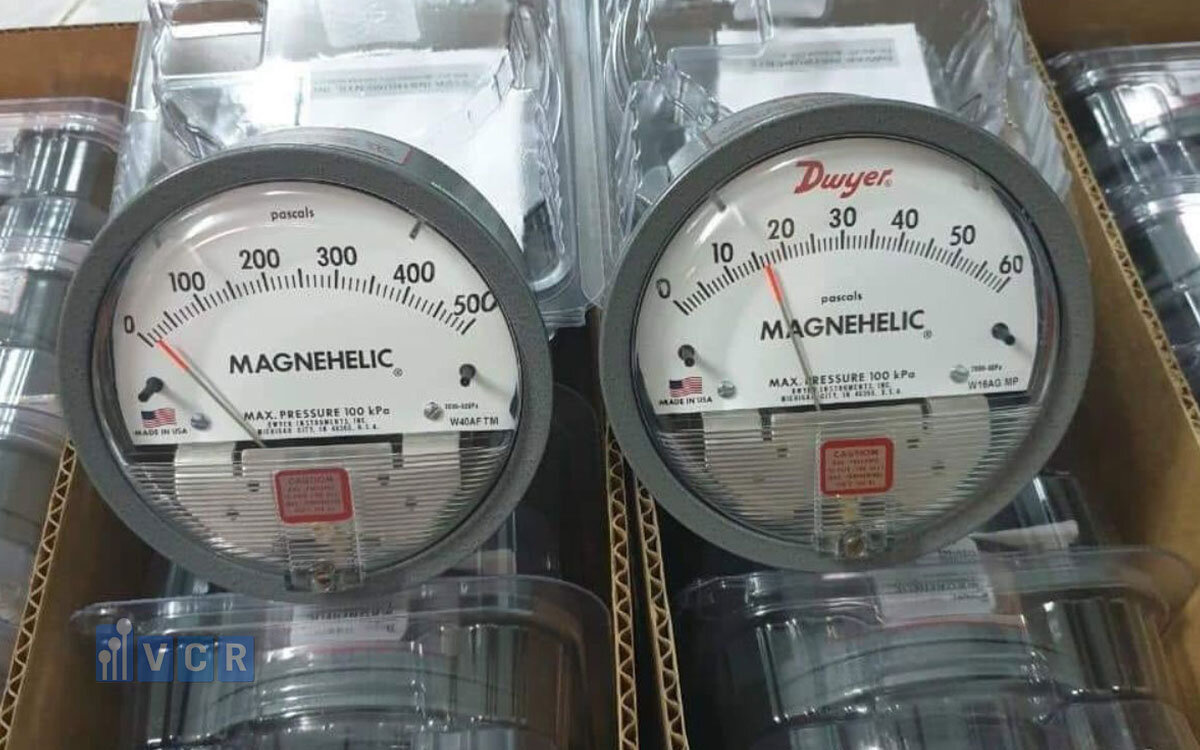
Read more: Digital Differential Pressure Gauge Installation: A Comprehensive Guide
4. How to check and correct measurement errors
When you detect that the differential pressure gauge displays abnormal values, fluctuates frequently or does not change with actual conditions, you should promptly inspect and correct it to avoid impacting the entire cleanroom system. Below are common steps to follow:
-
Check installation position against standard guidance:
-
Ensure the device is not placed near a doorway, a direct air-blow from a fan or a zone of strong vibration.
-
The installation height should be suitable (often about eye-level for the technician).
-
The sampling location must be at an appropriate distance and not hindered by airflow obstacles.
Proper installation from the start helps ensure stable, realistic readings that reflect actual conditions.
-
-
Clean or replace the tubing if it is blocked/leaking:
-
Use clean compressed air to blow through the tubing, preventing long-term dust build-up.
-
Check all fittings and connections for looseness, leakage or cracking.
-
If the tubing is aged or brittle, replace it with a pressure-rated, specialised type.
Clean and leak-tight tubing is mandatory for accurate gauge operation.
-
-
Carry out periodic calibration per manufacturer recommendations:
-
Common calibration interval: every 6 months for regular cleanrooms, every 3 months for high‐requirement environments (GMP, ISO 14644).
-
Use a reference instrument or hire a calibration service certified to ISO/IEC 17025.
-
Record calibration results and keep quality-control documentation.
Regular calibration helps detect errors and ensures the device always remains within allowable error limits.
-
-
Replace the sensor if abnormal signals are detected:
-
If the gauge doesn’t respond when the pressure condition changes (door opened/closed, HVAC variation…), the internal sensor is probably faulty.
-
Check the analog or digital output signal to verify deviation.
-
Replace the sensor with a genuine or equivalent part, ensuring compatibility with the existing system.
Sensor replacement should be done by qualified technical personnel to avoid inducing further installation errors.
-
Read more: A Guide to Differential Pressure Gauge Calibration
5. Installation notes
Proper installation is a determining factor of both accuracy and longevity of the differential pressure gauge. Below are key installation precautions for differential pressure gauge to observe during installation:
- Choose the correct mounting position
-
-
Install at a location that represents the main airflow path between the two zones being monitored.
-
Avoid positions near doorways, direct air-outlet blow, vibrating equipment or zones with strong turbulent airflow.
-
Mounting height should be around 1.4–1.6 m, convenient for observation and maintenance.
-
- Use high-quality pressure tubing
-
-
The tubing should be robust, pressure-rated and resistant to cracking over time.
-
Use the shortest, straightest routing possible; avoid excessive bends or kinks.
-
Ensure all joints/connections are sealed to avoid air leakage, which causes measurement error.
-
- Ensure correct port connection (+ and –)
-
-
The “+” port should connect to the higher pressure side (cleanroom).
-
The “–” port should connect to the lower pressure side (corridor, airlock…).
-
Incorrect connection will reverse the reading or cause no proper value display.
-
- Secure the device firmly to avoid vibration
-
-
Use a dedicated mounting bracket or fix it tightly to the wall/cleanroom structure.
-
Avoid exposing the gauge to vibration from nearby machinery, as this can affect the internal measuring mechanism.
-
- Check and test after installation
-
-
After installation, test the gauge against a reference device to validate the measurement error.
-
Mark the initial calibration point and maintain documentation for future tracking.
-
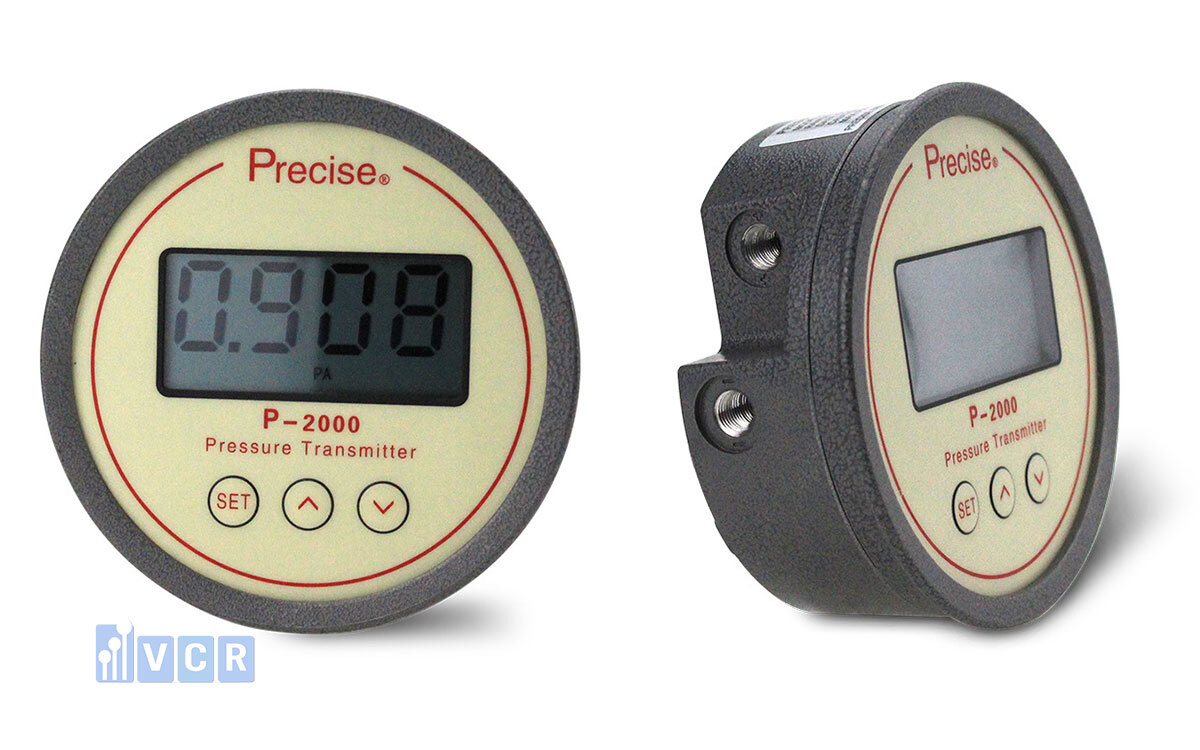
Read more: Differential Pressure Gauge Costs: A Guide for Vietnamese Cleanrooms
6. Suggestions for accurate and durable differential pressure measuring devices
Choosing a suitable differential pressure measuring instrument not only helps maintain accuracy long-term, but also reduces operational errors and maintenance cost. Below are some recommended devices for cleanroom systems compliant with GMP, ISO and HACCP:
-
Dwyer Magnehelic differential pressure gauge
-
Mechanical design with clear dial, easy to read in the field.
-
No power supply required; stable operation over long periods.
-
Suitable for direct field monitoring in low to mid grade cleanrooms.
-
Multiple ranges (0–60 Pa, 0–250 Pa…) to match technical requirements of each zone.
-
Outstanding advantage: high mechanical durability, good resistance to vibration and a lifespan up to 10 years if installed and maintained properly.
-
-
Dwyer differential pressure sensor (series 607, 616W, 628)
-
Integrated analog 4–20 mA or 0–10 V signal, easy connection to PLC or automation systems.
-
High accuracy (±1% full scale).
-
Optional housing for moisture and dust protection, usable even in harsh environments.
-
Suitable for critical zones requiring remote monitoring, continuous pressure control, high-grade cleanrooms.
-
-
Digital differential pressure gauge
-
Digital display allows rapid reading of instantaneous values.
-
Some models include data-logging function, set-point alarms.
-
Easy integration into BMS, SCADA systems or remote access via Ethernet/RS485.
-
Recommended for critical zones like airlocks, main production rooms, clean storage areas.
-
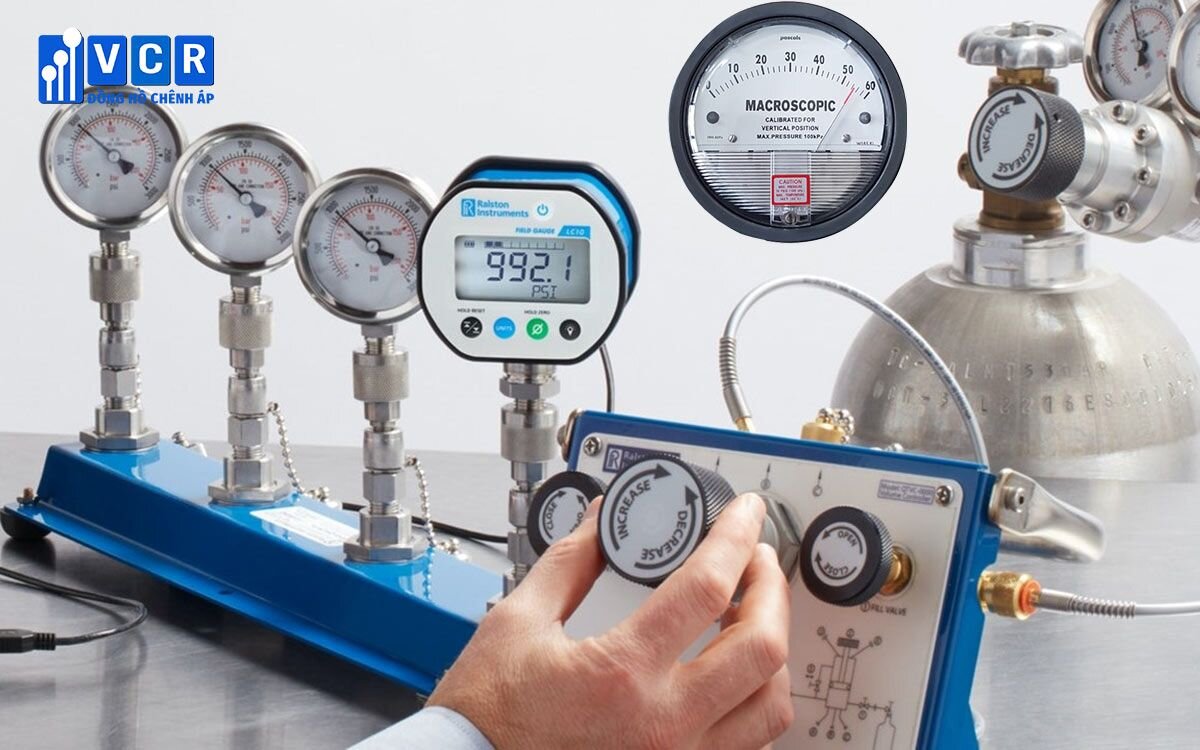
Read more: Provider of Differential Pressure Gauges for Electronic Component Manufacturing Cleanrooms
FAQ
Q1: How often should a differential pressure gauge be calibrated?
A: The calibration interval depends on the cleanroom class and the quality control requirements of the industry. In practice:
-
For regular cleanrooms (ISO 8, ISO 9): calibrate every 6 months.
-
For higher grade cleanrooms (ISO 5–7, pharmaceutical manufacturing, microelectronics etc): calibrate every 3 months or according to internal audit/GMP schedule.
Regular calibration helps maintain accuracy, prevent error accumulation, and ensure measurement data meet regulatory audit requirements.
Q2: Can one differential pressure gauge be used for multiple zones?
A: Not recommended. Each cleanroom zone has its own characteristics of pressure, airflow direction and clean grade. Using one gauge for multiple zones may cause:
-
Data deviation, as it cannot reflect the true condition of each zone.
-
Difficulty in traceability if a pressure event or contamination incident occurs.
The best solution is to install a separate gauge for each monitoring point pair, to ensure accuracy and clear traceability in quality inspections.
Q3: How can I tell if a differential pressure gauge is measuring incorrectly?
A: Some signs that a gauge might be measuring incorrectly include:
-
The displayed value is unstable or fluctuates significantly even though operating conditions are unchanged.
-
The differential pressure result is unusually different from historical data or from a reference device.
-
The gauge fails to respond when the pressure condition changes (door open/close, HVAC flow change…).
-
An error appears in the analog/digital signal (for devices with these outputs).
When any of these phenomena appear, you must inspect the whole system including: installation position, tubing, sensor and calibration history to address the issue promptly.
If you suspect that the differential pressure gauge in your cleanroom is displaying incorrectly and you want to ensure the measurement system is stable, we are able to provide inspection, calibration and device replacement services compliant with GMP, ISO 14644, suitable for the pharmaceutical, food, electronics, cosmetic industries.
Contact
Hotline: 090.123.9008
Email: [email protected]
Website: https://donghochenhap.com/
Dat VCR


